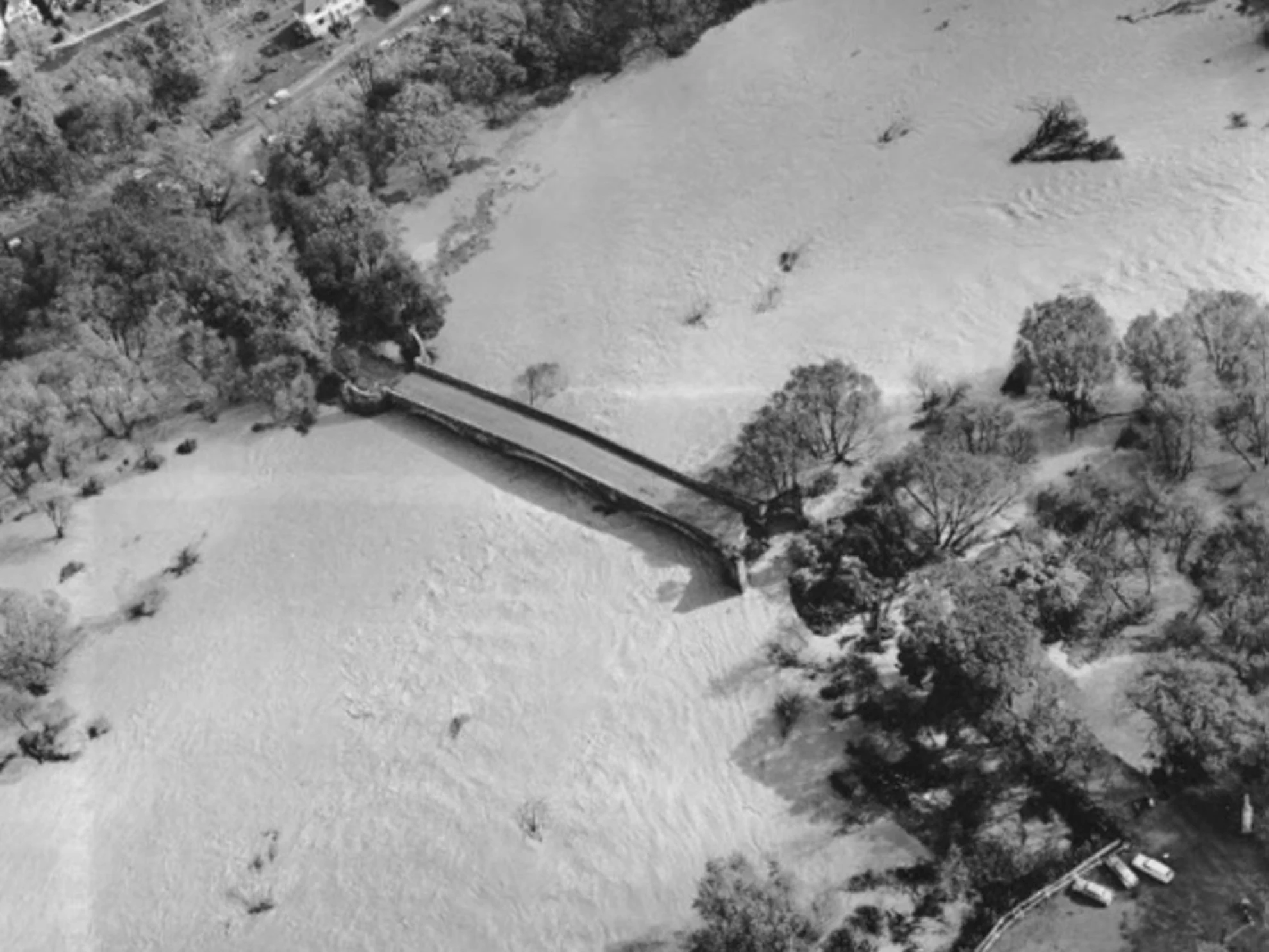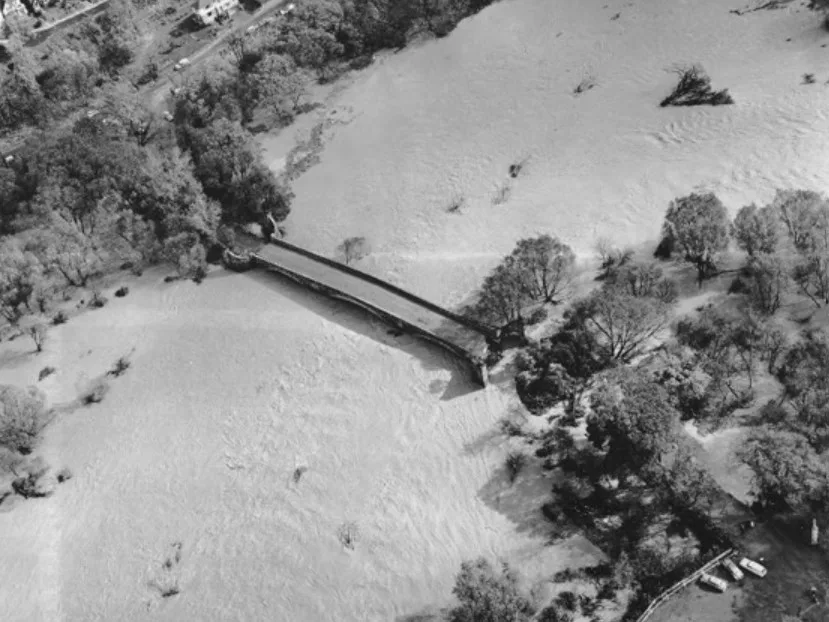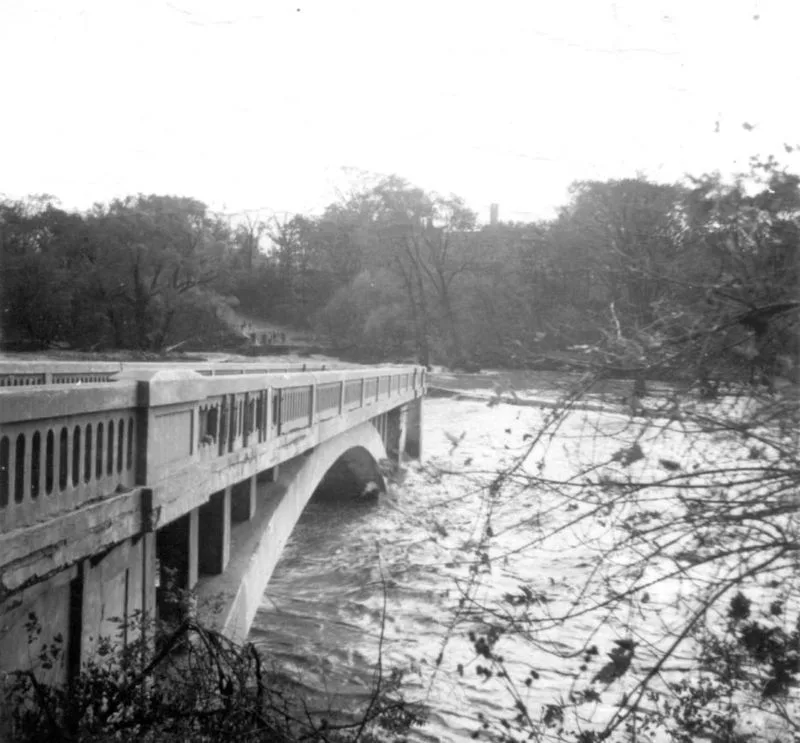
Devastating Hurricane Hazel ravaged Haiti, North Carolina and the GTA
On this day in weather history, Hurricane Hazel hit Toronto.
This Day In Weather History is a daily podcast by Chris Mei from The Weather Network, featuring stories about people, communities and events and how weather impacted them.
--
Hazel was the deadliest storm of the 1954 Atlantic hurricane season. It was also Toronto's worst natural disaster and Canada's most destructive hurricane.
Hurricane Hazel developed on Oct. 5, 1954, approximately 350 km east of Grenada.
On Oct. 12, Hazel made landfall on Haiti as a Category 3 hurricane. The hurricane hit the Caribbean country again the next day. The same day, Hazel hit Inagua in the Bahamas with winds as high as 160 km/h.

Hurricane Hazel. Courtesy of Environment Canada
On Oct. 15, the hurricane made landfall near the North Carolina/South Carolina border. Hazel moved across the areas with 215 km/h winds as a Category 4 storm.
On Oct. 16, Hurricane Hazel reached Toronto, Ont. The next day, the remnants of the storm moved over James Bay. The next day, the remainder of Hazel was absorbed by a larger storm over Canada.

"The Lawrence Avenue bridge was washed out by the Humber River; part of it remained attached to the shore, while the rest was swept away." Courtesy of Martin Taylor/Wikipedia/CC BY-SA 3.0
In the Caribbean, Hazel impacted Puerto Rico, the Bahamas, Cuba, and other areas, but Haiti was the most impacted. Hazel brought flash floods and extreme winds to Haiti, destroying several villages.
Approximately 1,000 people died in the flash floods. The floodwaters reached as high as 2,400 m.
In North Carolina, 90 people died, 15,000 homes were destroyed, and 39,000 were damaged. Thousands of people were also left homeless. Overall, in the United States, Hazel caused $281 million worth of damages.

"The St. Phillips Road bridge, pictured the day after, was under at least 3.0 m of water at the height of the flood." Courtesy of Martin Taylor/Wikipedia/CC BY-SA 3.0
The Greater Toronto Area (GTA) received uncharacteristically high rainfall before Hazel hit. Hazel brought the area 90 mm of precipitation in three hours.
In Toronto, 81 people died. Thirty of the victims were on Raymore Drive when the Humber River tore homes from their foundations. "I felt so helpless, but there was nothing I could do, nothing anybody could do. The water was so deep, up to our chins, and all the firemen were weighed down by clothing and boats and equipment," said volunteer fireman Bryan Mitchell, who was helping out with Raymore Drive.
By the time Hazel dissipated, it caused between 591 to 1,191 deaths and caused $382 million in damages.
To learn more about Hurricane Hazel, listen to today's episode of "This Day In Weather History."
Subscribe to 'This Day in Weather History': Apple Podcasts | Amazon Alexa | Google Assistant | Spotify | Google Podcasts | iHeartRadio | Overcast'










